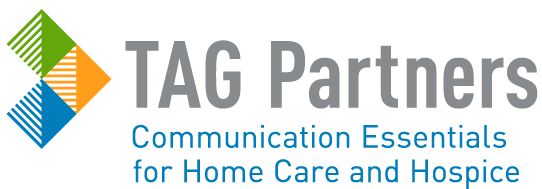One unexpected aspect of aging has a huge impact on the lives of many older adults: fewer headaches. Migraine headaches tend to occur less often and lessen in severity as people age. Symptoms such as nausea, vomiting and light sensitivity also often decrease.
But when older adults develop headaches for the first time or their chronic headache pattern changes, it’s important to investigate whether an underlying condition is at work. June is Migraine and Headache Awareness Month. Join the effort and spread the word about headache awareness.
- Visit the Migraine and Headache Awareness Month observance webpage of the National Headache Foundation to learn more about the observance and how you can participate.
- Visit a local senior center and lead a discussion about headaches and different ways to relieve headache pain, including acupuncture, massage, meditation, stretching, yoga, heat and cold.
- Partner with a local ophthalmologist to man a booth at a local health fair to provide information about how headaches may relate to vision changes or vision loss. Be sure to have plenty of agency information on hand.
- Create a flyer about the various age-related causes of headaches in older adults, including arthritis, degenerative changes, vision problems and poorly fitting dentures. Distribute it at adult day care centers, assisted living facilities and independent living facilities.
- Post an item to your municipal government’s regular meeting agenda seeking to recognize Migraine and Headache Awareness Month. Invite local migraine specialists to attend and participate. Be sure to speak during the reading of the agenda item or during the public comment period about the important work these professionals do. Find migraine specialists through directories from the American Headache Society Committee for Headache Education, the Migraine Research Foundation and the National Headache Foundation.


